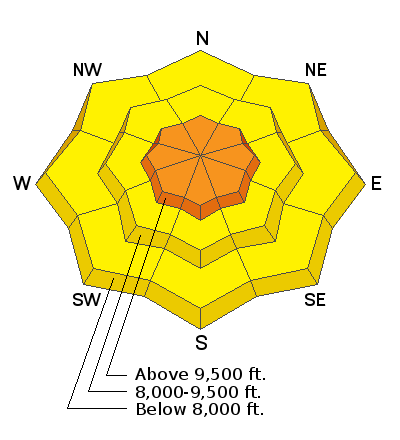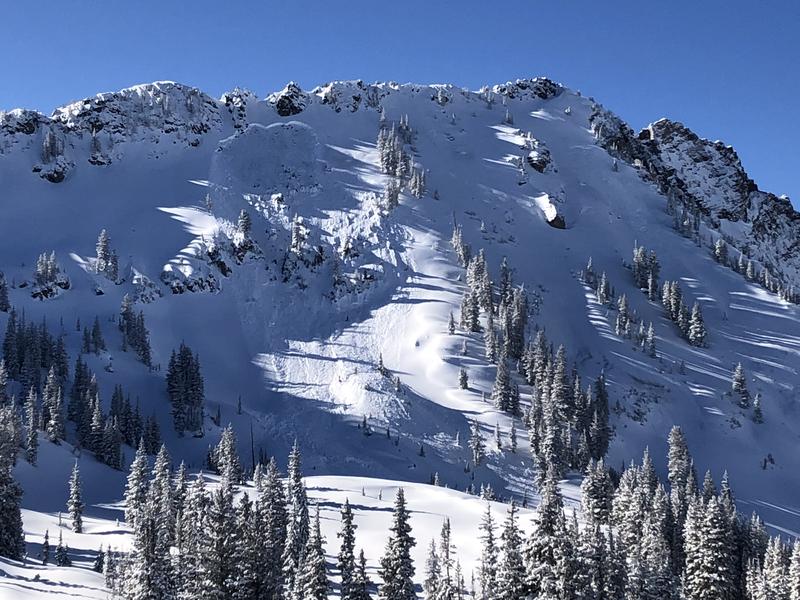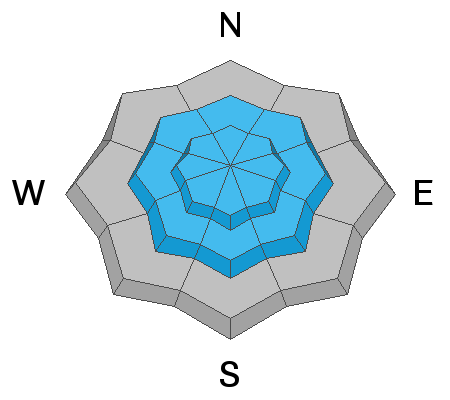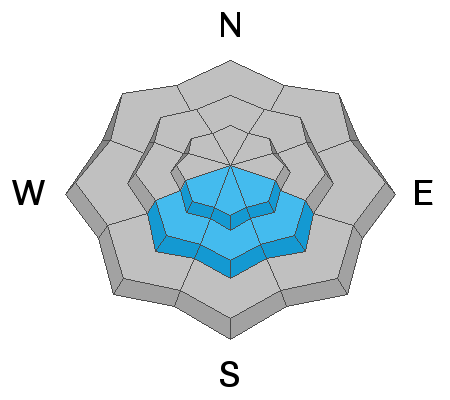Forecast for the Salt Lake Area Mountains

Issued by Trent Meisenheimer on
Saturday morning, January 11, 2020
Saturday morning, January 11, 2020
Today, will be a day of RISING avalanche danger. We have a CONSIDERABLE avalanche danger on all steep upper elevation slopes where westerly winds have deposited fresh drifts of wind blown snow. There is a MODERATE danger on all mid and lower elevations slopes. The avalanche danger could spike rapidly today depending on how fast the snow falls. Natural avalanches are possible and human triggered avalanches are likely.
There are three avalanche problems to watch for: (1) soft slabs of wind drifted snow, (2) deeper slabs about 3 feet deep breaking near an ice crust on southerly facing slopes, and (3) sluffing and soft slabs within the new snow.
Here's the thing - the danger can vary widely. Any wind loaded slope will be more likely to produce an avalanche than a non-wind loaded slope. Southerly facing slopes with an ice crust/weak layer combo about three feet deep will be more dangerous than slopes without this layer.

Low
Moderate
Considerable
High
Extreme
Learn how to read the forecast here







